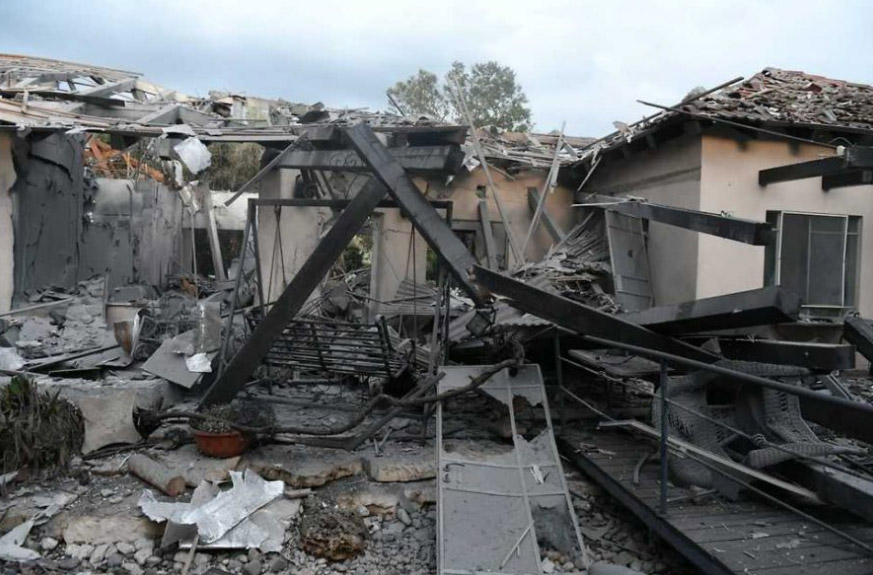As journalists cover the complexities of the Middle East reportage, news agencies often interpret a lull in hostilities as an “armistice” or a “cease-fire”, which brings to mind to the agreement that led to the end of hostilities in World War I, which terminated on the 11th hour of the 11th day of the eleventh month on Nov. 11 1918, paving the way to the Versailles peace treaty and the genesis of the League of Nations.
However, the media often ignore the clearly enunciated Arabic expressions which connote a message that has nothing to do with cessation of hostilities:
- hudna – a tactical pause intended only for rearmament.
- tahida – a temporary halt in hostile activity which can be violated at any time
- hudaybiyyah – there will be no fighting for 10 years named after the “treaty of Hudaybiyyah” in 628 AD or even
- sulch – a total cessation of hostile activity.
The authoritative Islamic Encyclopedia (London, 1922) defines a “hudna” as a “temporary treaty” which can be approved or abrogated Islamic religious leaders, depending on whether or not it serves the interests of Islam; a hudna cannot last for more than 10 years.
The reality is that hudna, tahida and the hudaybiyyah offered by the PLO and Hamas do not compare to the mu’ahada treaty of peace that Egypt signed with Israel in 1979, or the mu’ahada treaty of peace that Jordan signed with Israel in 1994.
Bottom line: No cease fire was reached this week in Gaza
An appeal to colleagues in the media: Keep that in mind.
Philadelphia attorney Beryl Dean contributed to this report









